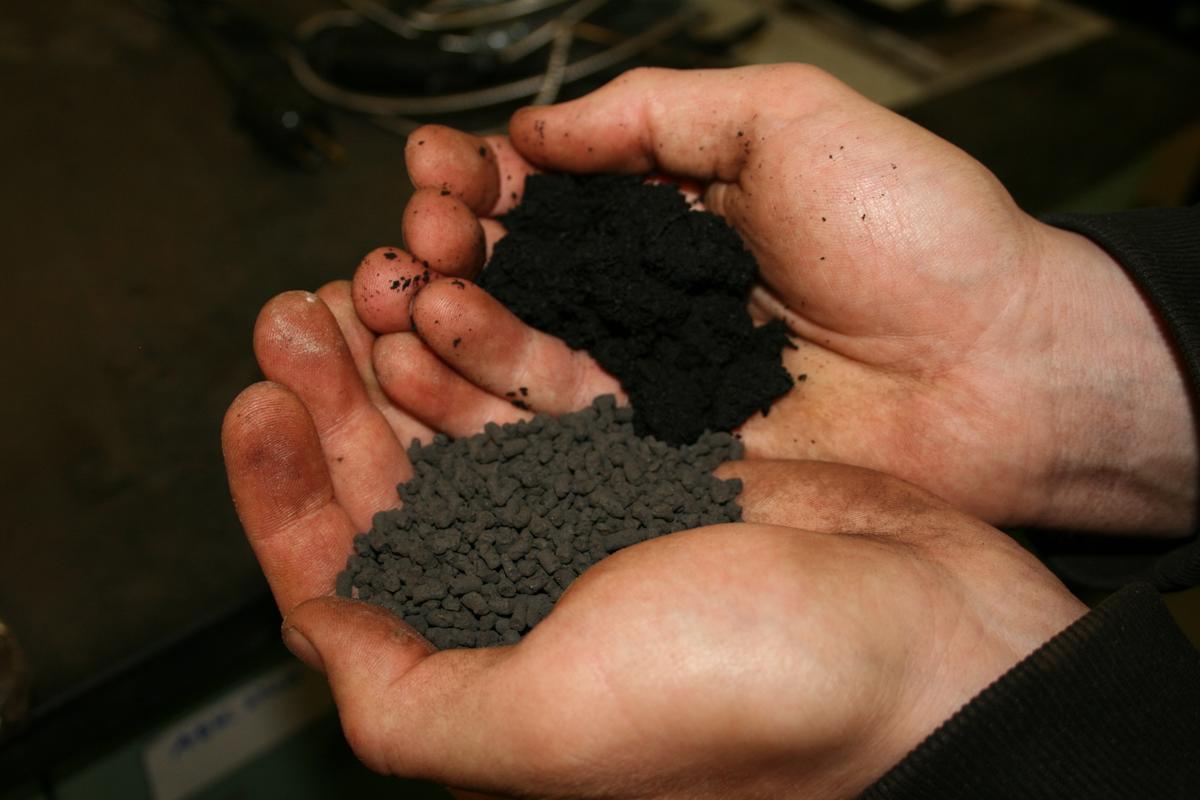Think of charcoal and summer picnics come to mind. You might also see it in trendy beauty products – from soap to toothpaste.
But have you heard of biochar? Didn’t think so.
Biochar, like charcoal, is wood or other biomass resources that are superheated in a low oxygen kiln. The difference is in how these two products are used. Charcoal, as we know, is used for cooking or heating. Biochar is gaining strides in the agricultural and horticultural arenas because it helps soils retain water and nutrients while adding nitrogen. People in the know find it bagged at garden centers.
NRRI is working to bring biochar out of the shadows by expanding markets and developing a life cycle analysis. Researchers are identifying feedstock from Minnesota’s plentiful biomass resources and fast-growing hybrid poplars. But this nascent industry also needs more clear definition and specifications.
“This is a tremendous opportunity for NRRI,” said Don Fosnacht, Energy Management Research Group Director. “We certainly have the capabilities and equipment and maybe we can bring some real science to this. There’s a lot of potential.”
The biggest market for biochar is agricultural. The obstacle is that biochar is currently not a cost-shareable item, meaning farmers do not get Farm Bill assistance to use it, as they do other products. NRRI is working to provide the soil scientists at the Natural Resources Conservation Service the information they need to make this possible.
Finding new markets for Minnesota’s timber is important. As oriented strand board plants closed and paper production declines, low value trees become forest fire tinder. There is also potential in making biochar from other industry byproducts – corn cobs, beet waste or beetle-killed trees.
“We’re looking at this as an economic driver and an approach to mitigating climate change,” said John DuPlissis, NRRI forestry program manager. “We can develop a valuable product, start a new industry and sequester carbon at the same time.”
Further development of the biomass results in even higher value activated carbon which is highly porous and used in many industry applications. European and Asian countries already have robust markets for charred products. NRRI will play an important role in identifying characteristics to deliver reproducible product specifications for U.S. markets.
